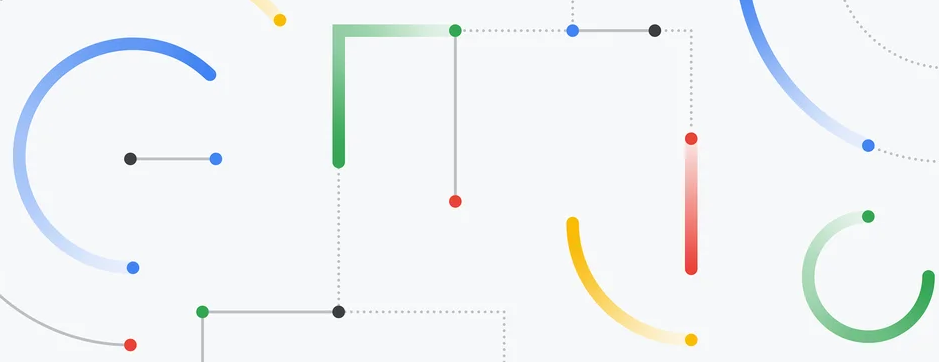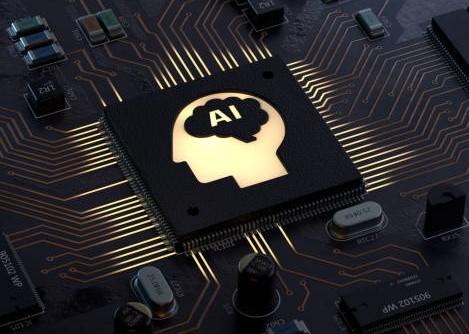Artificial intelligence has revolutionized the way we interact with technology and has taken language processing to new heights. With the rise of AI language models, it’s hard to keep track of which models are the most efficient and effective. But when it comes to chat-based applications, two models have risen ChatGPT and Bard AI.
AI language models have become increasingly popular in recent years, with a growing number of applications in fields such as chatbots and language translation. Two of the most well-known models in this area are ChatGPT and Bard AI. In this article, we will compare these two AI language models and discuss their strengths and weaknesses. The goal of this comparison is to provide a better understanding of the current state of AI language processing and to shed light on the future of this exciting field.
ChatGPT
ChatGPT is a transformer-based language model developed by OpenAI. It is designed to generate human-like text based on a given prompt or question. ChatGPT has been fine-tuned on a massive amount of conversational data, making it well-suited for applications such as chatbots and language generation. It is capable of handling a wide range of use cases, including answering questions, generating summaries, and even creating creative writing. ChatGPT is known for its speed and efficiency, but it can sometimes struggle with context awareness and text quality.
Bard AI
Bard AI utilizes information from the internet and is powered by Google’s Language Model for Dialogue Applications (LaMDA). It is designed to provide more comprehensive answers to questions compared to a typical Google search, thanks to its advanced language model. The second, lighter version of LaMDA requires less computing power, making it more accessible and scalable for broader use and feedback.

The primary goal of Bard AI is to retrieve information in a straightforward manner, similar to digital assistants such as Alexa and Siri. However, it also provides links for users to access additional information if desired. In addition to providing information, Bard AI can also act as a personal assistant and assist with tasks such as booking vacations, finding existing reservations, and meal planning.
The Difference
The primary difference between ChatGPT and Bard AI lies in their data sources. Bard AI is designed to continually draw information from the internet, allowing it access to the most up-to-date information. On the other hand, ChatGPT’s data sources are limited to information available as of 2021, which restricts its ability to incorporate the latest research and information. As a result, Bard AI has a broader pool of data to draw from in real time.
In terms of technology, Bard AI uses LaMDA for dialogue applications, while ChatGPT uses GPT-3.5. LaMDA is an open-source network that was developed to understand natural language, and it’s trained to identify patterns between words and sentences, which helps it to create coherent dialogue. Meanwhile, ChatGPT generates content in response to a single text prompt.
To summarize, Bard AI generates more comprehensive information, while ChatGPT produces content based on a single prompt.
Final Thought

3D Artificial Intelligence Chip Concept
ChatGPT and Bard AI represent cutting-edge AI language processing technology. While both models have their strengths and weaknesses, they both have the potential to revolutionize the way we interact with computers and access information. As technology continues to evolve, it will be interesting to see how these models continue to develop and what innovations they bring to the table. Ultimately, the comparison of ChatGPT and Bard AI highlights the exciting possibilities for the future of AI language processing and the important role that AI will play in shaping the world to come.


